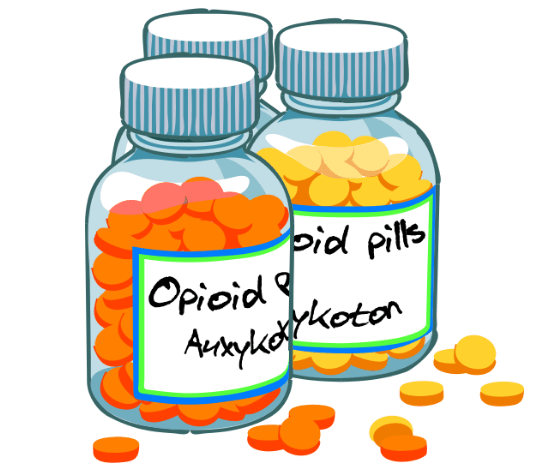When you’ve had enough you’ve had enough. Many people who decide to stop using opioids have come to a sort of fork in the road where they can’t imagine a life with opioids or without them. It takes a considerable amount of persistence, resilience, and faith when we change our lives and any aspect of ourselves, but this goes especially true for substance abuse.
Opioid treatment programs like those from Mallard Lake Detox focus on helping individuals who find themselves at this sort of crossroads — but the work is all up to the individual and a patient will generally go through withdrawals. Why or how someone becomes dependent on opioids and other prescription medication is any person’s guess.
People from all backgrounds and all walks of life struggle with drug addiction, which is why organizations like AA and NA are so prevalent in today’s society — because addiction does not discriminate. Each person might have a different cause or reason for their addiction. If you have any persons that need opioid treatment, see more here about opioid treatment programs.
What Are Opioids?
Opioids belong to a class of drugs that are used commonly as an effective treatment for pain. This class includes opiates, which are classified as drugs derived from the opium poppy (codeine, heroin, opium, morphine) as well as synthetic opioids (hydrocodone, methadone, oxycodone).
Common opiates that get prescribed include:
- Dilaudid (hydromorphone)
- Morphine
- Oxycontin (oxycodone)
- Vicodin (hydrocodone and acetaminophen)
Opioids work by attaching themselves to the brain’s opioid receptors, the spinal cord, as well as the gastrointestinal tract in order to exert their effects. Our brains manufacture opioids on their own, however, not enough to alleviate the pain associated with a broken femur, for instance. Opioid medications and other drugs mimic our naturally occurring opioids and people get addicted to opioids either after experiencing a serious injury or from doing opioids recreationally.
Although opioids happen to be quite useful in the treatment of pain, one of the big downfalls of using these sorts of drugs for injury and pain relief is that opiates have the unique ability to cause physical dependence and addiction — even after the first use.
The National Institute on Drug Abuse asserts that approximately 2.1 million people in the U.S. abuse opioids.
Most Common Side Effects of Opioid Detox
Opioid treatment programs from rapid detox center will generally ensure that a person goes through detox and is able to experience physical sobriety before any other important work can be done. Opioid withdrawal symptoms will often happen in two phases: Early symptoms and late symptoms.
Early opioid detox symptoms include restlessness, increased anxiety, body aches, excessive sweating, running nose, and inability to sleep. Late symptoms are often more intense and include abdominal cramps, diarrhea, vomiting, nausea, chills/goosebumps, rapid heartbeat, and high blood pressure.
Research Opioid Treatment Programs
When a person decides to stop using opioids, it’s a good idea to research options. The detoxification process can be an extremely uncomfortable experience and being in anything less than a professional medical environment is risky. Those who choose the opioid detox from home route without medical supervision can experience dehydration, seizures, and other serious symptoms that require medical attention.
Whatever route a person decides to use, opioid detox is a serious situation that requires a serious plan and a reliable support system. Opioid treatment programs are often incredibly useful avenues to help an individual quit opioids for good.

